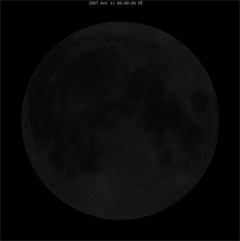Search:
Page Number:
A "Moonth" of PhasesThe phases of the Moon are very pretty to look at, but what is responsible for them? You may have seen textbook diagrams of the phases of the moon, but because such diagrams are not three dimensional, it can be difficult to understand exactly what is responsible for how the moon appears at each phase.

In this activity, you will use a simple technique to build your own model of the Moon's phases. QuestionWhat causes the phases of the moon? Materials and Equipment
Dry LabA "dry lab" activity includes collected data and/or a video solution for your convenience. You can simply watch the following video and use the provided data, or if you wish to perform this lab for yourself, follow the procedure steps 1 through 11 described in the video. The same steps are included in written form in the documents available for download on the bottom of this page. Questions
|